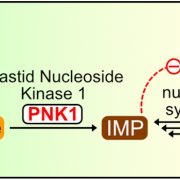
Plastid Nucleoside Kinase 1 (PNK1) phosphorylates inosine to inosine monophosphate, involving in the feedback control of purine de novo synthesis in Arabidopsis
The Plant Cell: In a NutshellChen et al. identify a nucleoside kinase that is highly conserved in plants and green algae.
By Xiaoguang Chen and Claus-Peter Witte. Department of Molecular Nutrition and Biochemistry of Plants, Leibniz Universität Hannover, Herrenhäuser Str. 2, 30419 Hannover, Germany.
Background: Nucleotides…
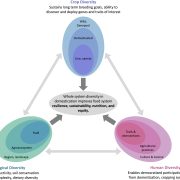
Special feature: Harnessing crop diversity
Plant Science Research WeeklyDon’t miss this excellent set of articles on the topic of crop diversity, organized by Susan McCouch, Loren Rieseberg, with Pamela Ronald. It includes five perspectives and six research articles, on topics such as breeding technologies and international policies. As the editors observe, having a very…
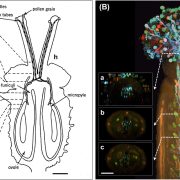
Seeing clearly: Plant anatomy through Katherine Esau’s microscopy lens
Plant Science Research WeeklyThis is a fun and interesting paper that combines two threads, a historical overview of the many contributions of Katherine Esau to plant anatomy (many of you have her book on your shelf) and the historical advancements in microscopy. Geitmann weaves these threads together by putting Esau’s drawings…
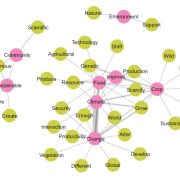
One hundred important questions facing plant science: An international perspective
Plant Science Research WeeklyIn 2011, a group of scientists published an article called “One hundred important questions facing plant scientists”. Now, Armstrong et al. have provided an updated version of this, with an additional effort to draw on contributions from the global community, including non-specialists, to identify…
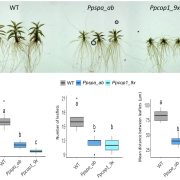
Unlocking the secrets of light signaling in Physcomitrium
Plant Science Research WeeklyThe water-to-land transition increased plant complexity, requiring endogenous developmental programs to be linked to light signal transduction pathways to adapt to ambient light. Arabidopsis COP1 (CONSTITUTIVE PHOTOMORPHOGENIC 1) and SPA (SUPRESSOR OF PHYA-105) proteins represses photomorphogenesis…

Cortical microtubules contribute to division plane positioning during telophase in maize
Plant Science Research WeeklyDuring plant cell division, the new cell wall is built along a plant-specific structure named the phragmoplast. The phragmoplast is a complex array of microtubules and microfilaments that originates at the middle of the cell and expands outwards to the division site at the cell cortex. The proper orientation…
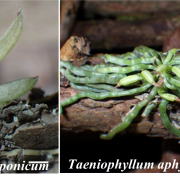
Roots are the ‘kitchen’ for leafless epiphytic orchids
Plant Science Research WeeklyPhotosynthesis is the major process which supports plant survival. It’s the kitchen serving food (sugars) to the plant by converting the light energy. Leaves are the major site of photosynthesis for most plants. However, certain plants evolved unconventional ways of performing photosynthesis. In a…

Improving harvest index under drought stress in rice
Plant Science Research WeeklyHarvest index (HI) is the ratio of grain yield to the sum of grain, leaf, and stem biomass. HI is affected by environmental conditions such as water availability. Previously, carbohydrate remobilization from stem to grain has been shown to be affected by drought (which in rice contributes to C remobilization)…

Optimizing short-format training: Effective, inclusive, and career-spanning professional development
Plant Science Research WeeklyShort-format training (SFT) provides opportunities for people to acquire knowledge and skills outside of traditional degree-granting programs. Unfortunately, in spite of good intentions, there’s evidence to suggest that the SFTs aren’t always very effective, and that the knowledge gained doesn’t…

